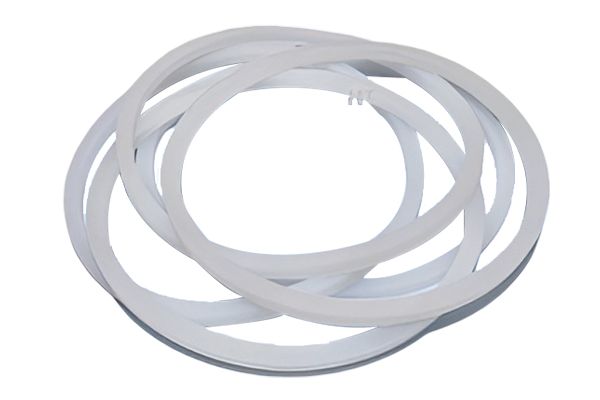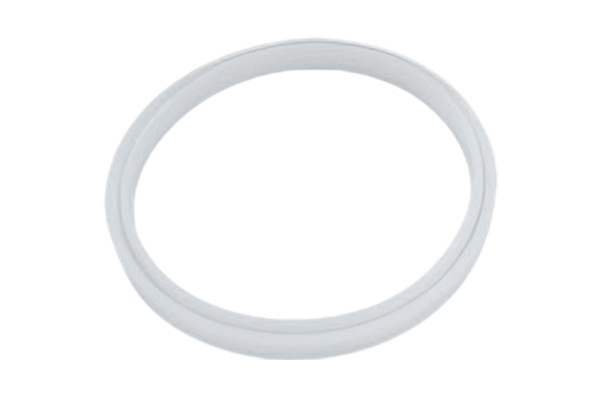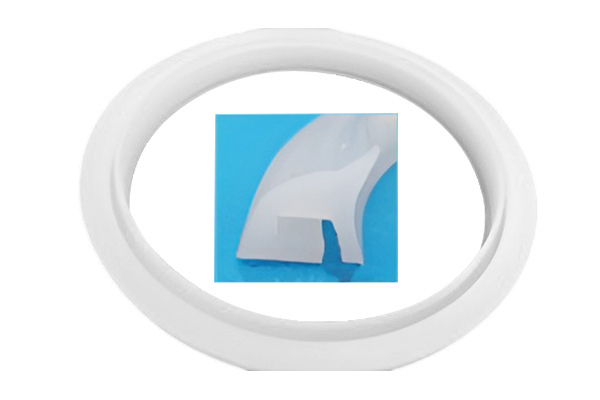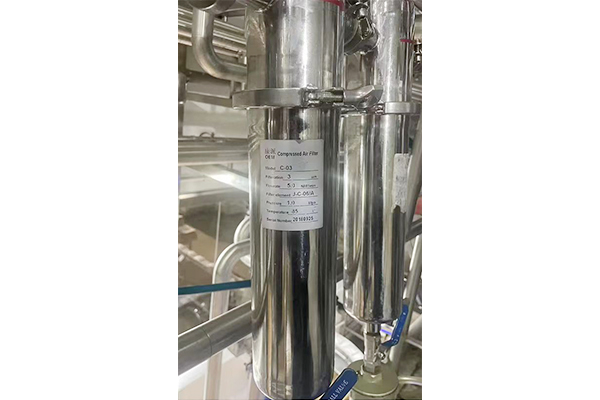How do air filters effectively remove fine particles from indoor air?
Release Time : 2025-08-11
Air filters play a vital role in improving indoor air quality, particularly in removing fine particles. These particles, including dust, pollen, smoke, bacteria, and viruses, not only affect air quality but can also pose a threat to human health. By utilizing advanced filter media and technology, modern air filters can effectively capture and remove these fine particles, providing a fresher and healthier living environment.
First and foremost, the core of an air filter lies in the selection and design of its filter media. High-efficiency filter media typically consists of multiple layers, each with a specific function. For example, the pre-filter layer primarily captures larger particles, such as dust and hair, thereby protecting the subsequent high-efficiency filter layer from large particles and extending its lifespan. The high-efficiency filter layer captures even finer particles, such as PM2.5 and even smaller particles. These filter media often utilize electrostatic adsorption or physical interception, relying on the dense arrangement of fibers to block the passage of fine particles. Some high-end filter media even utilize nanotechnology to enhance their capture capacity, ensuring that even the tiniest particles cannot escape.
Secondly, air filters are designed to optimize air flow to ensure optimal purification. A well-designed airflow path ensures even air flow through the filter media, preventing short-circuiting, where some air escapes unfiltered. This not only improves filtration efficiency but also reduces energy consumption, contributing to energy conservation and environmental protection. Furthermore, some air filters are equipped with intelligent control systems that automatically adjust their operating mode based on indoor and outdoor air quality, further enhancing purification efficiency. When elevated pollutant concentrations are detected, the system automatically increases airflow or switches to a more efficient filtration mode, ensuring consistently high indoor air quality.
Furthermore, to address diverse pollutants, modern air filters often integrate multiple purification technologies. In addition to traditional mechanical filtration, these technologies also include activated carbon adsorption, ultraviolet disinfection, and negative ion generation. The activated carbon layer effectively absorbs volatile organic compounds (VOCs), odors, and other harmful gases, providing cleaner indoor air. Ultraviolet germicidal lamps destroy bacteria and viruses by disrupting the DNA structure of microorganisms, further improving air quality. The negative ions released by a negative ion generator not only neutralize positively charged particles in the air, making them more easily captured by filters, but also have antibacterial and antiviral properties, improving the overall hygiene of the indoor environment.
Regular maintenance is also crucial for maintaining the efficient operation of air filters. While high-quality filter media and design can extend the lifespan of the equipment to a certain extent, over time, particles accumulate on the filter surface, increasing resistance and reducing purification efficiency. Therefore, regular replacement or cleaning of the filter media is crucial, depending on frequency of use and environmental conditions. Timely maintenance not only restores filter performance but also prevents secondary pollution, ensuring consistently fresh indoor air.
Notably, with increasing public health concerns and growing environmental awareness, more companies are focusing on the sustainability and safety of air filter materials. Many manufacturers are opting to use recyclable or biodegradable materials in their filter media and minimizing the use of harmful chemicals. This green manufacturing concept not only meets modern environmental requirements but also helps reduce production costs and create more value for businesses. Furthermore, the use of environmentally friendly filter media reduces environmental impact and demonstrates a company's commitment to social responsibility.
Furthermore, the performance of air filters in specific application scenarios is also worthy of attention. For example, in hospital operating rooms and laboratories, where a highly clean environment is crucial, air filtration systems must meet extremely high standards. To address this need, specially designed high-efficiency air filters employ a more rigorous filtration mechanism, ensuring that the air is virtually free of tiny particles and microorganisms. These filters not only offer exceptional filtration performance but also undergo rigorous testing to ensure stable operation under extreme conditions, providing reliable air purification in critical areas.
Finally, with technological advancements, intelligence has become a key trend in the development of air filters. Modern air filtration systems integrate sensor networks and IoT technology, enabling real-time monitoring of indoor air quality and providing feedback to users. Using mobile apps or other smart devices, users can view air quality reports, adjust device settings, and even remotely control operations. This intelligent management approach not only enhances the user experience but also provides powerful support for preventive maintenance, helping users identify potential issues and take appropriate action to ensure the equipment is always in optimal condition.
In summary, air filters achieve effective removal of tiny particles from indoor air through the use of high-efficiency filter media, optimized airflow design, integrated multiple purification technologies, and a focus on environmental protection and intelligent management. They not only provide people with a healthier and more comfortable living environment, but also play an important role in industrial production and special applications. In the future, with the continuous emergence of new materials and technologies, I believe that air filters will demonstrate their unique charm in more fields and continue to promote the development of air purification technology to a higher level.
First and foremost, the core of an air filter lies in the selection and design of its filter media. High-efficiency filter media typically consists of multiple layers, each with a specific function. For example, the pre-filter layer primarily captures larger particles, such as dust and hair, thereby protecting the subsequent high-efficiency filter layer from large particles and extending its lifespan. The high-efficiency filter layer captures even finer particles, such as PM2.5 and even smaller particles. These filter media often utilize electrostatic adsorption or physical interception, relying on the dense arrangement of fibers to block the passage of fine particles. Some high-end filter media even utilize nanotechnology to enhance their capture capacity, ensuring that even the tiniest particles cannot escape.
Secondly, air filters are designed to optimize air flow to ensure optimal purification. A well-designed airflow path ensures even air flow through the filter media, preventing short-circuiting, where some air escapes unfiltered. This not only improves filtration efficiency but also reduces energy consumption, contributing to energy conservation and environmental protection. Furthermore, some air filters are equipped with intelligent control systems that automatically adjust their operating mode based on indoor and outdoor air quality, further enhancing purification efficiency. When elevated pollutant concentrations are detected, the system automatically increases airflow or switches to a more efficient filtration mode, ensuring consistently high indoor air quality.
Furthermore, to address diverse pollutants, modern air filters often integrate multiple purification technologies. In addition to traditional mechanical filtration, these technologies also include activated carbon adsorption, ultraviolet disinfection, and negative ion generation. The activated carbon layer effectively absorbs volatile organic compounds (VOCs), odors, and other harmful gases, providing cleaner indoor air. Ultraviolet germicidal lamps destroy bacteria and viruses by disrupting the DNA structure of microorganisms, further improving air quality. The negative ions released by a negative ion generator not only neutralize positively charged particles in the air, making them more easily captured by filters, but also have antibacterial and antiviral properties, improving the overall hygiene of the indoor environment.
Regular maintenance is also crucial for maintaining the efficient operation of air filters. While high-quality filter media and design can extend the lifespan of the equipment to a certain extent, over time, particles accumulate on the filter surface, increasing resistance and reducing purification efficiency. Therefore, regular replacement or cleaning of the filter media is crucial, depending on frequency of use and environmental conditions. Timely maintenance not only restores filter performance but also prevents secondary pollution, ensuring consistently fresh indoor air.
Notably, with increasing public health concerns and growing environmental awareness, more companies are focusing on the sustainability and safety of air filter materials. Many manufacturers are opting to use recyclable or biodegradable materials in their filter media and minimizing the use of harmful chemicals. This green manufacturing concept not only meets modern environmental requirements but also helps reduce production costs and create more value for businesses. Furthermore, the use of environmentally friendly filter media reduces environmental impact and demonstrates a company's commitment to social responsibility.
Furthermore, the performance of air filters in specific application scenarios is also worthy of attention. For example, in hospital operating rooms and laboratories, where a highly clean environment is crucial, air filtration systems must meet extremely high standards. To address this need, specially designed high-efficiency air filters employ a more rigorous filtration mechanism, ensuring that the air is virtually free of tiny particles and microorganisms. These filters not only offer exceptional filtration performance but also undergo rigorous testing to ensure stable operation under extreme conditions, providing reliable air purification in critical areas.
Finally, with technological advancements, intelligence has become a key trend in the development of air filters. Modern air filtration systems integrate sensor networks and IoT technology, enabling real-time monitoring of indoor air quality and providing feedback to users. Using mobile apps or other smart devices, users can view air quality reports, adjust device settings, and even remotely control operations. This intelligent management approach not only enhances the user experience but also provides powerful support for preventive maintenance, helping users identify potential issues and take appropriate action to ensure the equipment is always in optimal condition.
In summary, air filters achieve effective removal of tiny particles from indoor air through the use of high-efficiency filter media, optimized airflow design, integrated multiple purification technologies, and a focus on environmental protection and intelligent management. They not only provide people with a healthier and more comfortable living environment, but also play an important role in industrial production and special applications. In the future, with the continuous emergence of new materials and technologies, I believe that air filters will demonstrate their unique charm in more fields and continue to promote the development of air purification technology to a higher level.







